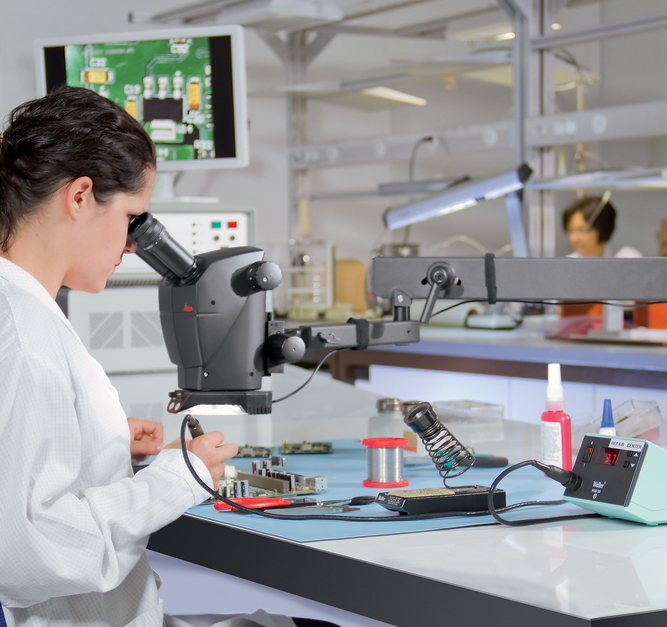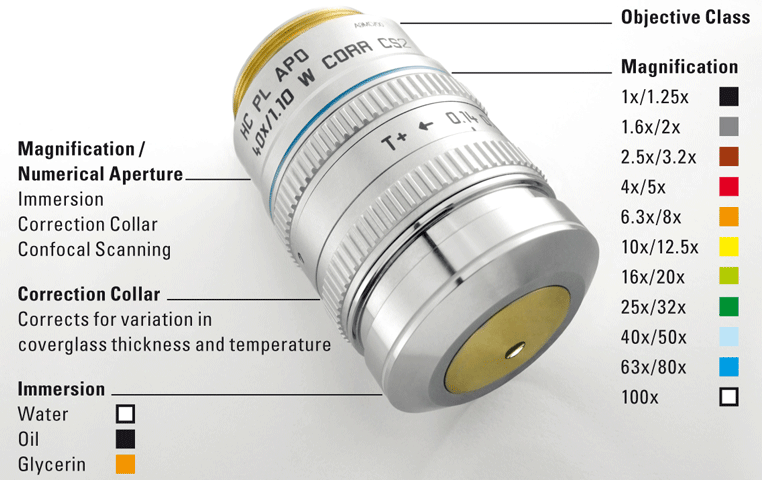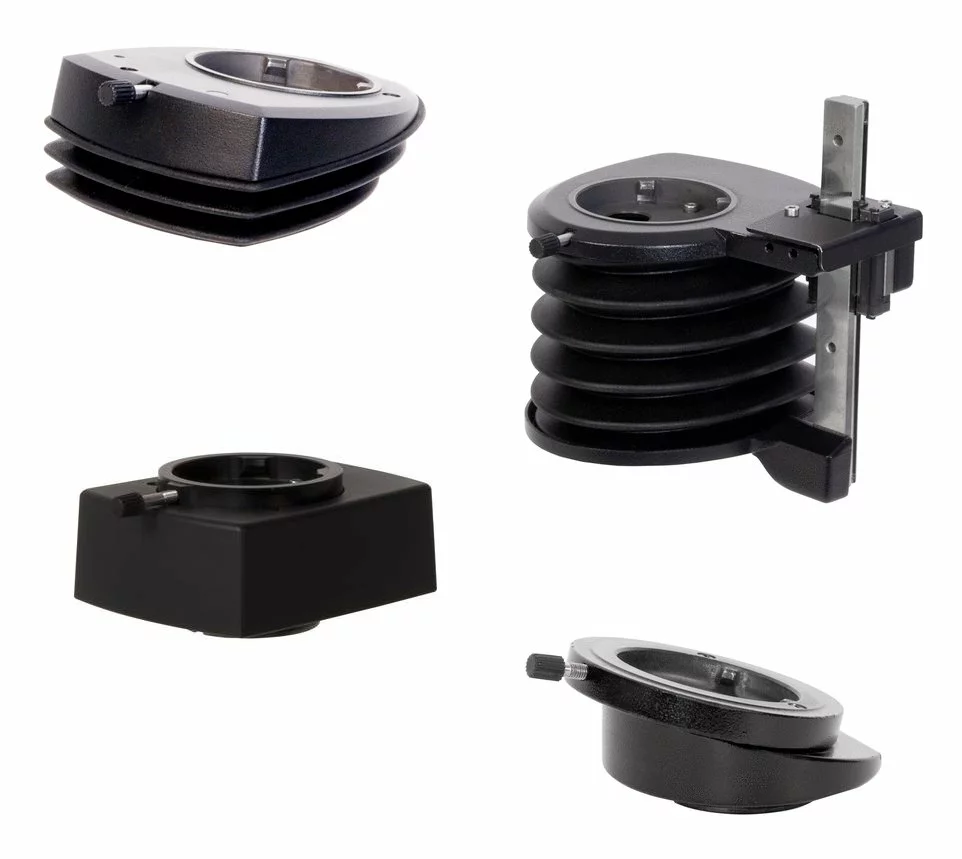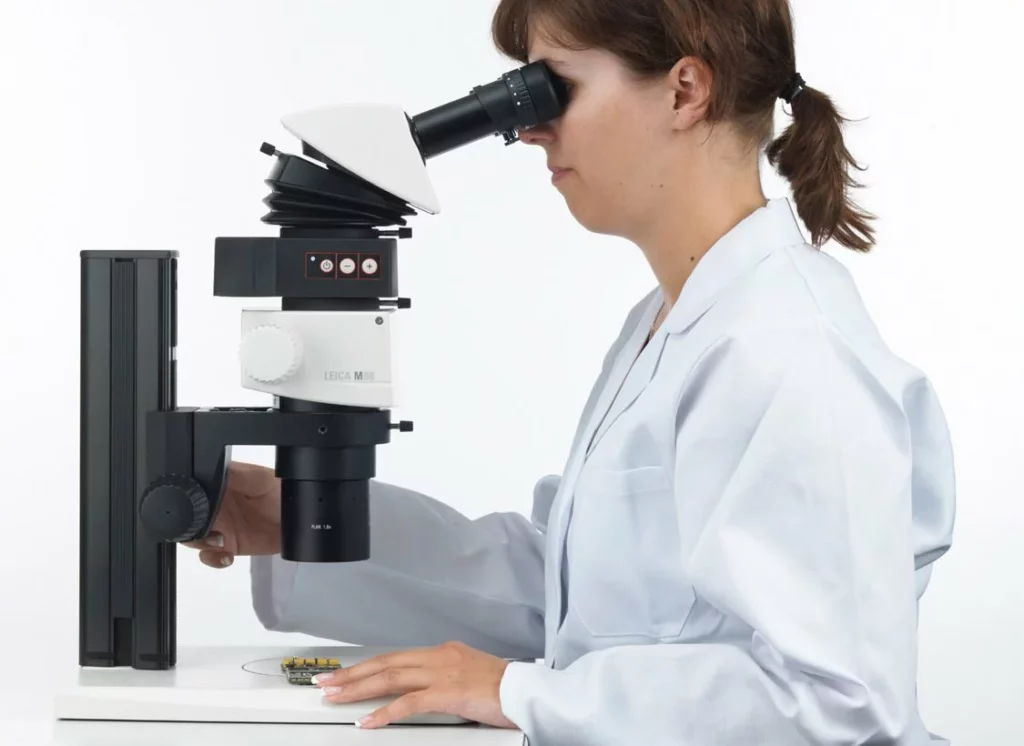
The main purpose of using a microscope for a visual inspection is for the selected microscope to optimize the entire process, from the beginning of the inspection to the sharing of results.
There are different microscopes specifically manufactured to perform distinct functionalities. When choosing a microscope for a particular inspection it is important to consider the abilities needed in order to deliver reliable and accurate results of samples in the most efficient way possible.
Seamless reporting and sharing of results is also a key element to a successful visual inspection.
Important Factors to Consider
For each visual inspection performed, it is necessary to keep in mind the specific requirements of the individuals performing the inspection and the type of assessment that will be done.
For routine tasks, from forensic examination, quality control and research to failure analysis, deciding on the type of microscope to work with can make a tremendous impact on the accuracy as well as the overall process of inspection.
Below are some factors to consider when selecting the right solution for your visual inspection.
The Objective of the Visual Inspection
Will the microscope only be used for the visual inspection process, or will it be used for inspection as well as rework?
If only a visual inspection is required, the user should opt for a digital or stereo microscope with a camera, ideal for documenting the inspection process. In the case that a rework is needed, then selecting a stereo microscope with an eyepiece would be the best solution as it provides a 3D perspective and enables immediate depth perception.
Optical Performance

- The magnification and resolution should be strong enough to determine minuscule features.
- A zoom range that allows users to switch between low magnification to a higher magnification quickly is essential for efficient examination.
- Optics should be reworked for chromatic aberrations and image flatness.
- Parfocality which allows objectives to be changed with minimal or no refocusing is also a highly favoured feature.
The Adaptability of the Microscope with a Variety of Samples Inspected
To optimize a visual sample inspection while saving time and effort, having a microscope configuration that can be adapted to users’ specific needs is crucial. A digital or stereo microscope allows users to choose how to organize the user interface, hiding tools that are not required, which significantly minimizes the risk of mistakes in the process.
The right Microscope should be relatively simple and user-friendly to operate, saving valuable time during sample inspections or even training.
There’s also the challenge of examining various samples in one inspection which requires evaluating the different sizes, shapes, and materials of specimens. When working with a variety of samples, using a microscope with the right blend of focus, illumination, and magnification optics is important in delivering precise results.
The Ergonomics of Visual Inspection

Ergonomic solutions in the workplace have become a priority, that’s why investing in a microscope that increases user comfort is vital to optimizing general performance.
There is little to no room for error in a visual inspection as delivering inaccurate results can have a destructive domino effect within the industry. In order to keep the standard or efficiency high, it is important to ensure users operating the scientific equipment used in inspections are comfortable and safe during usage.
Delivery of Inspection Results
In visual inspections, it is essential that results are shared in an organized and secure way.
On the occasion where inspection results need to be shared frequently, having a streamlined process of documenting and sharing results should be a focal point.
A digital or stereo microscope fitted with a camera reduces the manual steps of inspection, simplifying the previously time-consuming process of documenting results by hand.
In Summary
After considering all the factors discussed in this article, making the final decision of selecting a microscope for a visual inspection should rely on two primary factors, the type of evaluation that will be done and the specific requirements needed to perform this particular inspection.


I was following a blog about the best microscope for a long time and I got a lot of knowledge after reading your blog. Thank you very much.